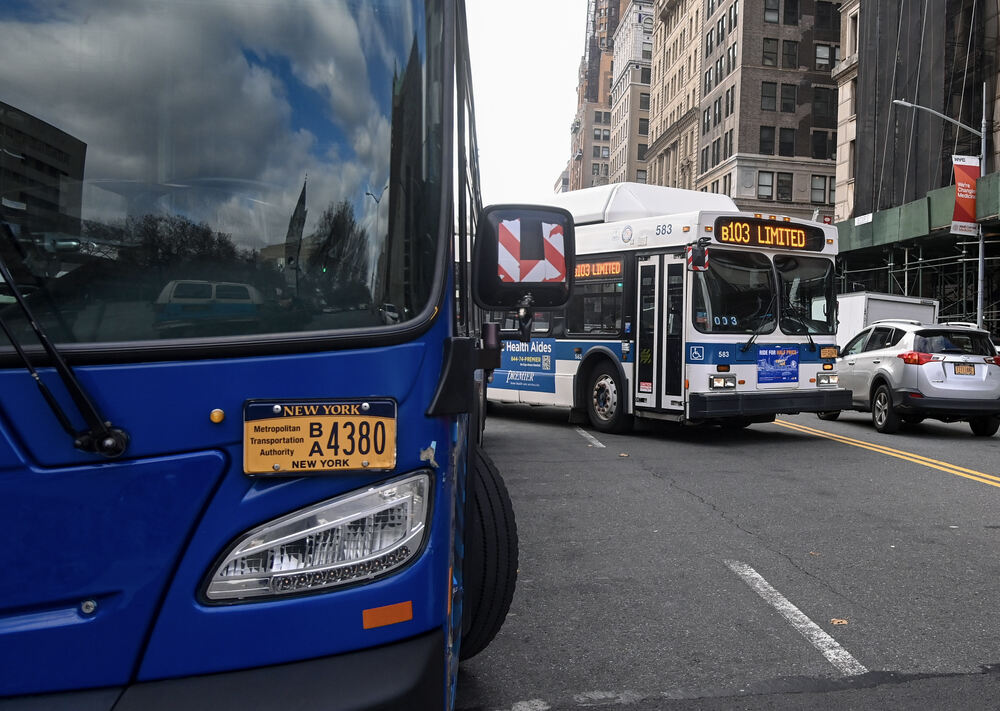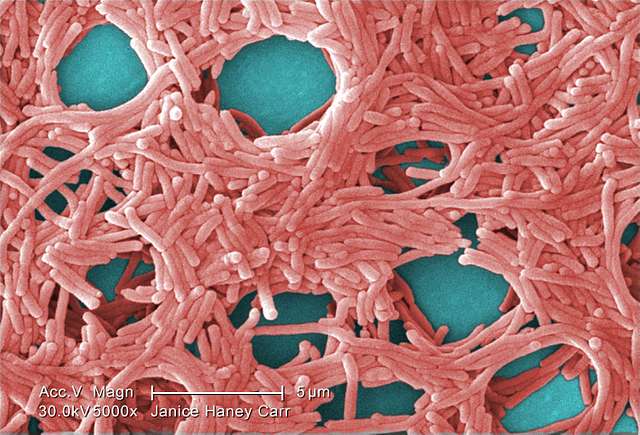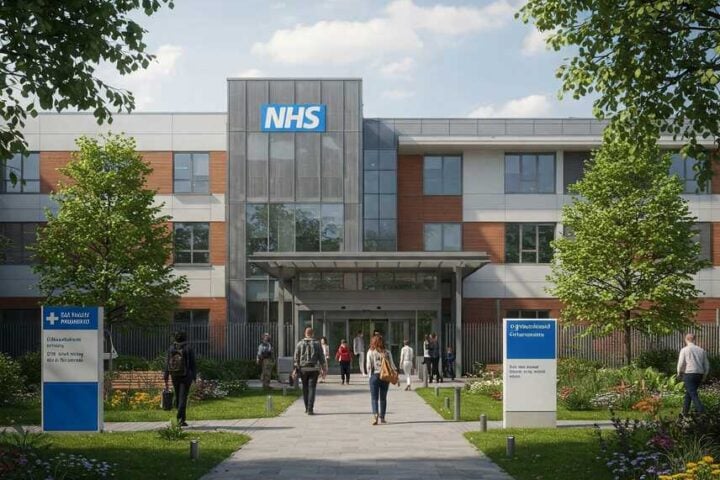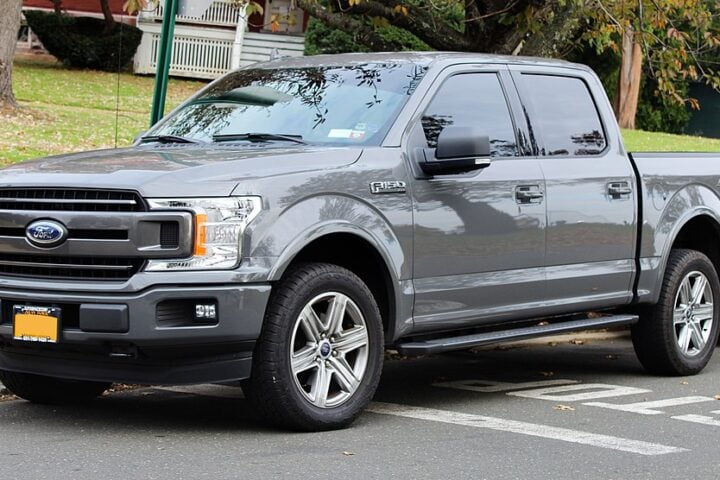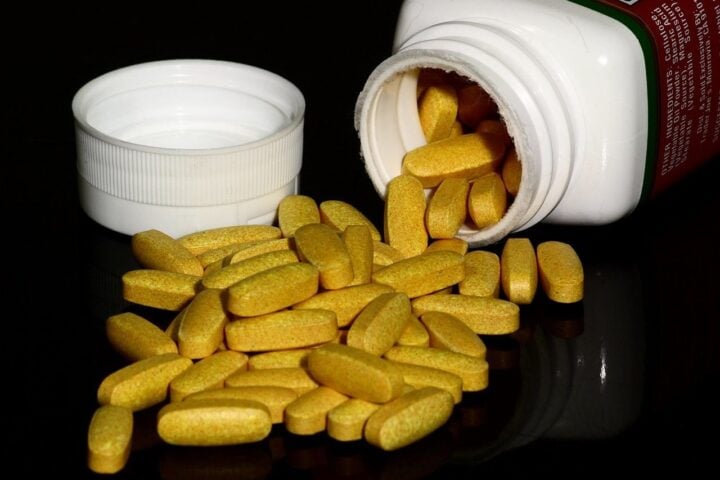Governor Kathy Hochul and the Metropolitan Transportation Authority announced significant service improvements for 16 local bus routes in Brooklyn, Queens, the Bronx, and Staten Island starting June 29, 2025. The $8 million investment aims to reduce wait times and speed up commutes for thousands of daily riders.
“Every New Yorker deserves access to safe, fast and reliable public transit,” Governor Hochul said. “We’re investing in our buses and subways so we can deliver better service in every corner of our city.”
Service Increases Target High-Ridership Routes
The MTA selected these particular routes based on high ridership numbers and to better serve areas with limited subway access. The improvements build on earlier enhancements to eight express bus routes that began in March.
NYC Transit President Demetrius Crichlow emphasized the importance of these changes: “Frequent, reliable bus service is essential for so many New Yorkers, especially for those who don’t live near the subway. By enhancing bus service on 16 local routes, we can improve trips along critical corridors, especially where we have seen increased ridership since the beginning of congestion relief.”
Routes Getting Better Service
The Bronx:
- Bx10 (Riverdale-Norwood)
- Bx17 (Port Morris-Fordham Plaza)
- Bx23 (Co-op City-Pelham Bay Park Station)
- Bx28/Bx38 (Co-op City-Fordham Center)
Brooklyn:
- B17 (Crown Heights-Canarsie)
- B26 (Fulton St-Ridgewood)
- B74 (Sea Gate-Stillwell Avenue Station)
- B103 (Canarsie-Downtown Brooklyn)
Similar Posts:
Queens:
- Q13 (Flushing-Ft. Totten)
- Q28 (Bayside-Flushing)
- Q35 (Rockaway Park-Midwood)
- Q43 (Jamaica-Floral Park)
- Q66 (Flushing-Long Island City)
- Q69 (Long Island City-Astoria)
Staten Island:
- S46/S96 (Castleton Avenue)
- S79 SBS (Staten Island Mall-Bay Ridge)
What’s Missing From The Announcement
While the MTA has announced these service enhancements, several key details remain unclear:
- The announcement lacks specific metrics about how much service will increase on each route
- No information about the exact reduction in wait times riders can expect
- No mention of whether the MTA will add bus lanes or transit signal priority to further improve travel times
- No details about potential accessibility improvements at bus stops
- No specifics on how the MTA will measure success or gather customer feedback
Connection to Congestion Pricing
The funding for these improvements comes from the Outer Borough Transportation Account, established by the New York State Legislature in 2018. This account is linked to revenue generated from congestion pricing in Manhattan.
MTA Chair and CEO Janno Lieber connected the bus improvements to broader quality of life enhancements: “Buses connect New Yorkers to jobs, education, entertainment and everything else the city has to offer. By increasing service on some of the busiest routes in the outer boroughs, we can deliver opportunity and quality of life upgrades to literally thousands of New Yorkers.”
Community Impact
Local elected officials have expressed strong support for the service enhancements, particularly highlighting benefits for seniors, people with disabilities, and residents who live far from subway lines.
Queens Borough President Donovan Richards noted the scale of bus ridership in his borough: “More than 800,000 Queens residents rely on MTA bus service each day, and each one of them deserves a fast, reliable commute.”
Bronx Borough President Vanessa L. Gibson emphasized equity: “Reliable and frequent public transit is essential to our communities — it connects people to jobs, school, healthcare, and opportunity.”
The service improvements are part of a broader effort to improve transportation options following the implementation of congestion pricing, giving commuters better alternatives to driving.
Past Performance Concerns
The announcement comes against a backdrop of persistent challenges in NYC bus service. Bus riders have faced issues with reliability and slow travel times, which impact daily commutes across the city.
For the service enhancements to deliver meaningful improvements, the MTA will need to address these reliability issues alongside the frequency increases.

Looking Forward
These service enhancements will roll out alongside other MTA initiatives, including the Queens Bus Network Redesign scheduled for summer 2025.
The actual impact of these service changes will become clear once they’re implemented on June 29. Improved bus frequency could make a significant difference for daily commuters, especially in areas with limited subway access.
Bronx: Bx10, Bx17, Bx23, Bx28/Bx38
Brooklyn: B17, B26, B74, B103
Queens: Q13, Q28, Q35, Q43, Q66, Q69
Staten Island: S46/S96, S79 SBS
